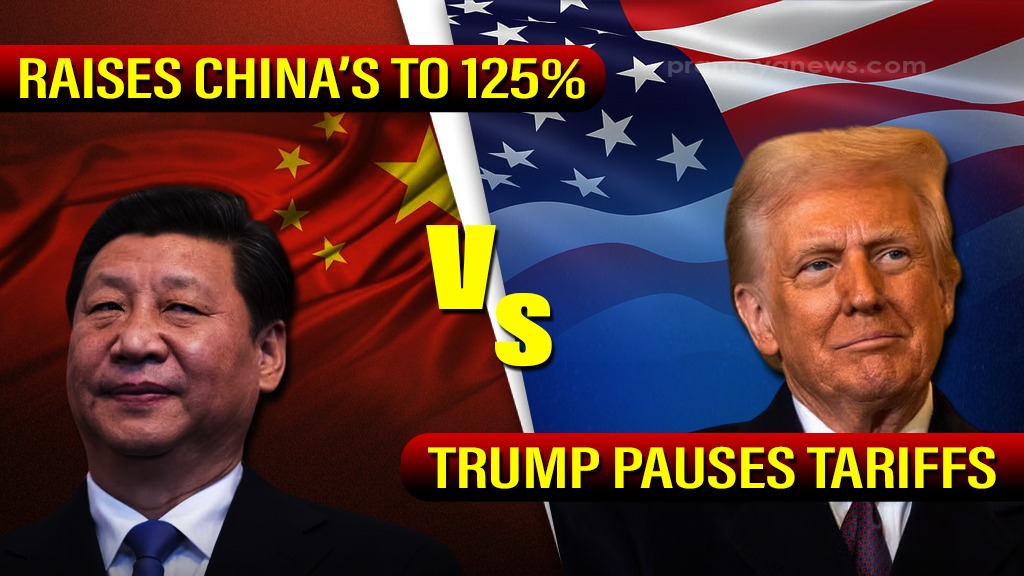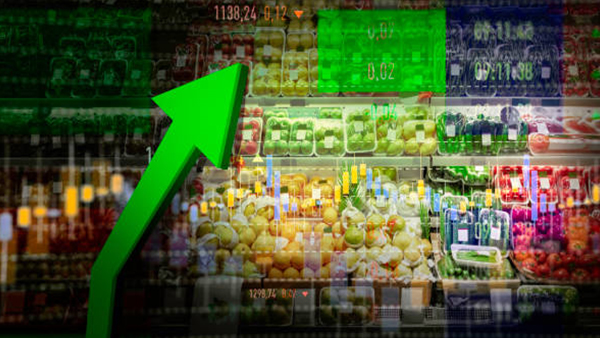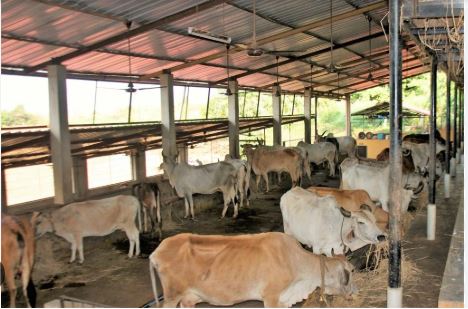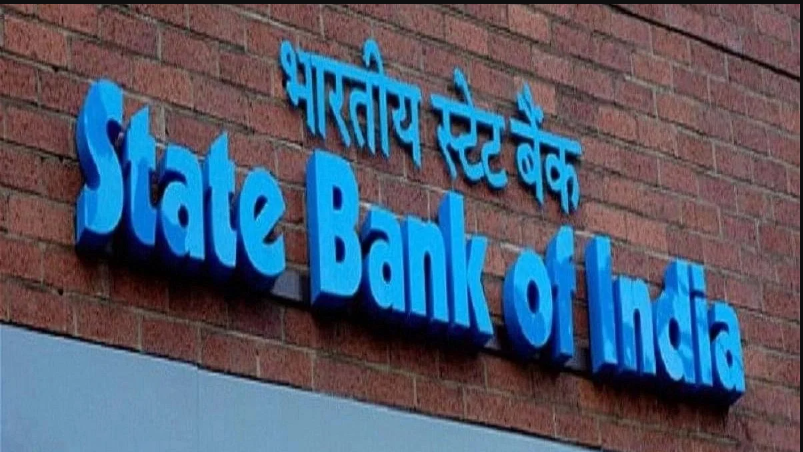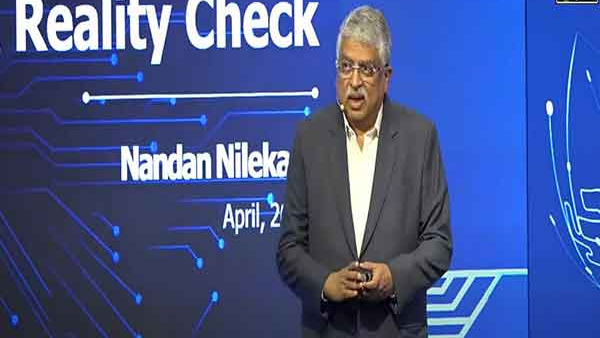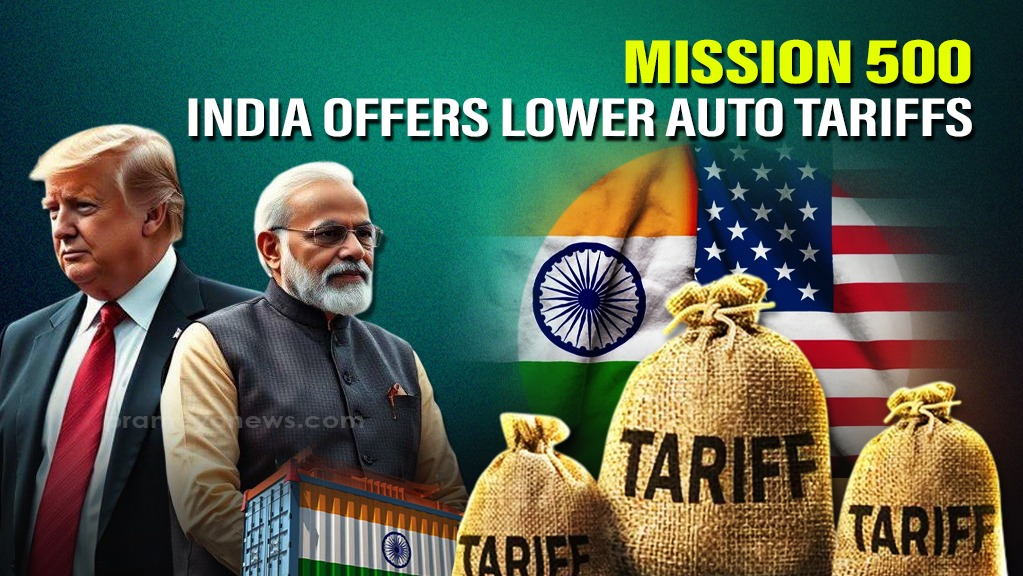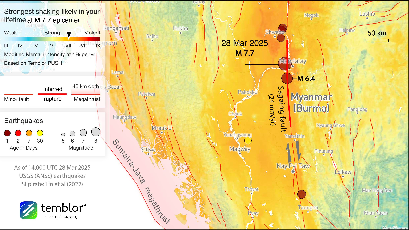Trump Pauses Most Tariffs, Hikes China Rate
In a sudden policy shift just a day after his controversial "reciprocal tariffs" took effect, US President Donald Trump announced on Wednesday a temporary halt to the new duties for most countries, while simultaneously imposing a significantly steeper tariff rate on goods imported from China. This dual move appears aimed at easing widespread trade tensions sparked by the initial tariff implementation, which had triggered global market volatility and threats of retaliation, while intensifying the specific economic conflict with Beijing.
A 90-Day Pause for Most Nations
President Trump stated that the decision to pause the broad reciprocal tariffs for 90 days was made because over 75 countries had reportedly reached out to US representatives seeking negotiations on trade issues and had refrained from immediate retaliation, following his "strong suggestion." The reciprocal tariff policy was introduced by the Republican leader as a means to address perceived trade imbalances with various global partners.
"I have authorised a 90 day PAUSE," Trump wrote on his TruthSocial platform, explaining the rationale based on the lack of retaliation and willingness to negotiate from numerous countries. During this 90-day window, the President indicated that a substantially reduced reciprocal tariff rate of just 10 percent would apply to imports from these cooperating nations, offering a period for potential resolution on issues like trade barriers, currency manipulation, and non-monetary tariffs.
Defending the rapid policy adjustment against criticism, Trump framed it as a demonstration of necessary flexibility in negotiation. "You have to have flexibility," he commented, suggesting that rigidly pursuing one path isn't always effective and sometimes requires adapting tactics to achieve goals.
Steep Tariff Hike for China
In stark contrast to the pause offered to most countries, President Trump announced an immediate and sharp increase in the tariff rate applied specifically to Chinese goods. The rate was raised to 125 percent, a significant jump from the 104 percent level that had been previously announced and which had already drawn countermeasures from Beijing.
Justifying this targeted escalation, the US President cited what he described as China's "lack of respect" for global markets and reiterated accusations of unfair trade practices. "At some point, hopefully in the near future, China will realise that the days of ripping off the USA, and other Countries, is no longer sustainable or acceptable," Trump stated, signaling a hardening stance specifically towards Beijing.
Initial Reactions
The initial implementation of Trump's reciprocal tariffs on Wednesday had sent ripples through global financial markets and prompted swift responses from major trading partners. China had immediately imposed its own retaliatory tariffs (reportedly 84 percent) on US goods, restricted some US companies, and filed a complaint with the World Trade Organization (WTO), warning of threats to global trade stability. The European Union had also indicated plans to implement countermeasures against US imports.
President Trump's subsequent announcement of the 90-day pause for most nations seemed timed to de-escalate the burgeoning multi-front trade conflict, potentially narrowing the focus primarily to the US-China relationship. Following the news of the pause, US stock markets showed signs of relief, with the S&P 500 index reportedly rising nearly 7 percent, although initial clarity on the exact mechanisms of the tariff adjustments was limited.
A Dual Strategy Unfolds
President Trump's latest move presents a two-pronged strategy: offering a temporary reprieve and a path for negotiation to most trading partners who avoided immediate retaliation, while significantly intensifying economic pressure on China. This pivot provides a 90-day window for diplomacy with dozens of countries under a reduced 10% tariff framework but simultaneously escalates the direct confrontation with Beijing. The coming months will reveal whether this flexibility leads to negotiated resolutions or serves primarily as a backdrop to an increasingly focused US-China trade dispute.







